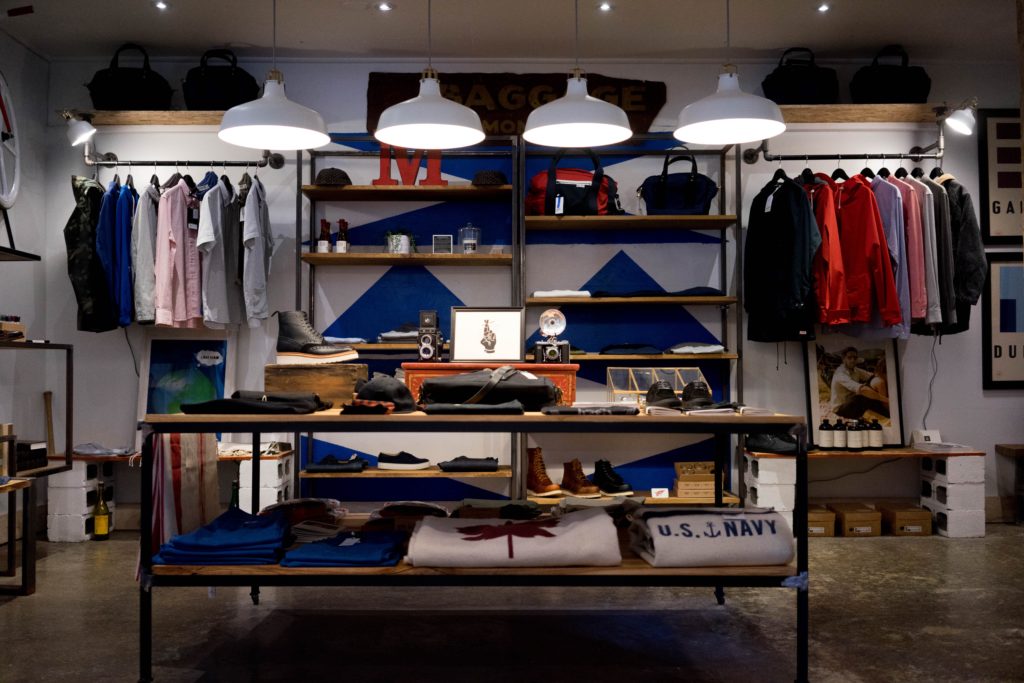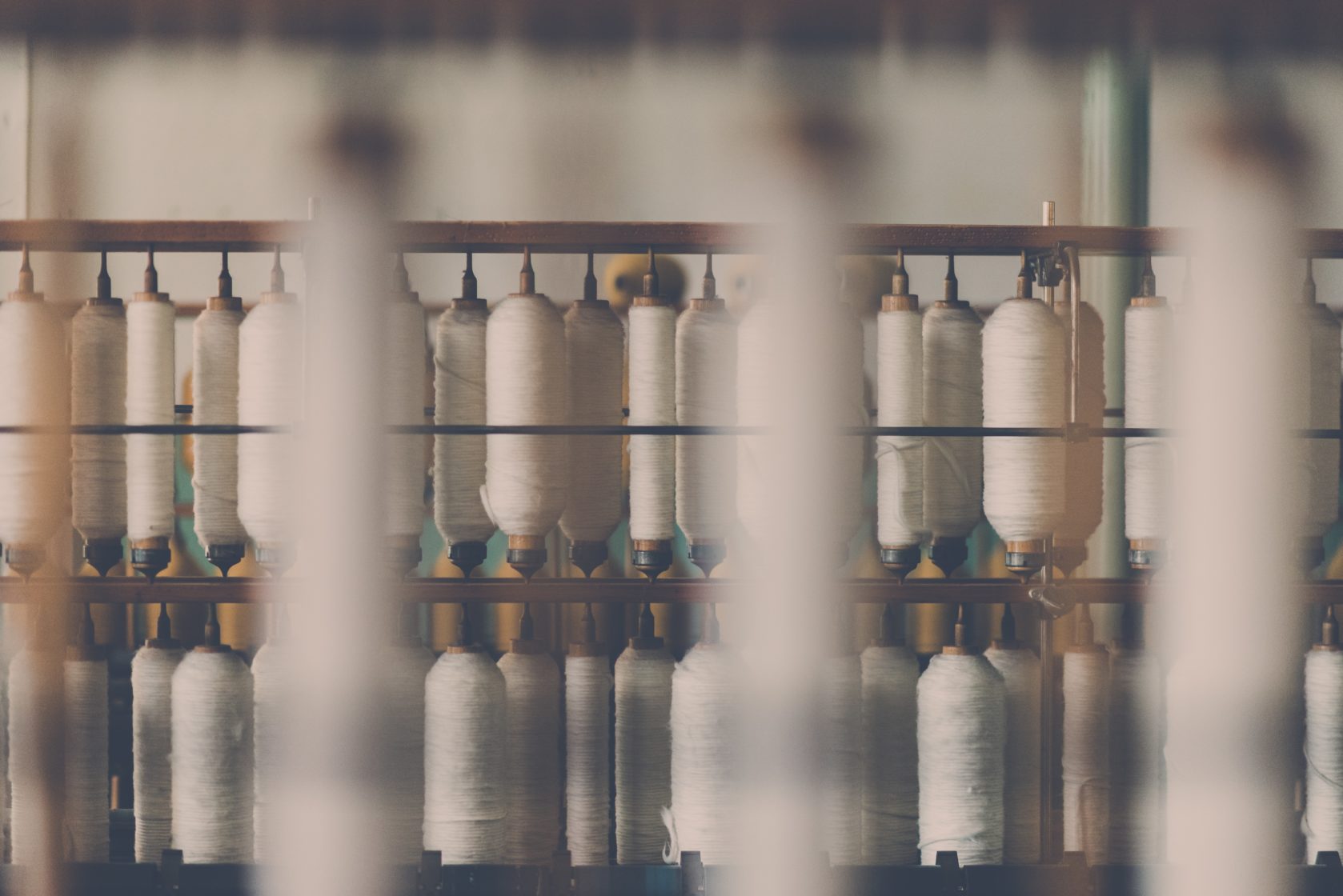To our loyal readers: we apologize in advance for repeating ourselves in this blog post.
The fact is, this article is going to read strikingly similar to some of our other recent posts.
And that’s because insuring a distribution company in the textile industry is a lot like insuring a distribution company in the office furniture or food industries.
Business insurance works the same way across many industries, and when it comes to distributors, the insurance options don’t vary much.

But beyond the basics, there are some deeper insights and nuggets of textiles-specific information we can give you.
Here, we’ll lead you through the process of getting your business insured and leave you with some valuable advice pertaining specifically to textile manufacturing.
Basically, you need insurance in case:
- You do damage to someone or something else
- Something happens to your warehouse
- Something happens to your goods while in transit
Unfortunately, the textile industry carries risk that makes its insurance coverage a little more expensive than others.
Fires don’t contain well in textile warehouses because much of the product is flammable and conducive to spreading.
To make matters worse, textiles don’t recover from smoke.
That said, there are ways you can keep your insurance costs low.
Before we get to that, let’s look at what exactly textile business insurance is and why you need it.
Textile Business Insurance 101
There are two main coverage types that are important for you to have, and two others that might prove useful depending on your particular business.
Commercial general liability
Also known as CGL, this is the essential type of insurance that’ll kick in if your company is responsible for causing third party property damage or bodily injury.
As a textiles distributor, you might provide materials for bed sheets that lead to a skin condition or car tires involved in a road accident.
In either case, a lawsuit typically would include anyone involved in the supply chain, like you.
Property insurance
Unlike CGL, which covers damage done to someone else’s property, this policy applies to your own property.

Commercial property insurance covers your warehouse and everything in it, including the following:
- Your stock
- Equipment
- Raw materials
- Office contents
- Computers
If you import raw materials from overseas and they travel by boat or plane, you’ll want to talk to your customs broker about ocean cargo insurance.
This insurance extension covers your goods in transit, whether by sea as the name suggests, or by air.
To expand your coverage even further, you could add inland transit coverage, which applies when your goods are on the ground between the port and the warehouse.
Clothing textile manufacturers often opt for cyber insurance, and if e-commerce is a part of your business, you should too.
Textile manufacturing companies that sell clothing directly to online shoppers will need a cyber policy in order to protect against financial losses resulting from a breach on theirs and their customer’s data, as well as from cyber attacks.
Business Insurance Policy Coverage
The three most common perils covered by your textile business insurance are as follows:
Fire & smoke
While a fire can occur at any establishment, for the reasons explained above, it doesn’t get much worse than at a textile manufacturing plant.
The fact is, the materials are simply more flammable than most, and that can obviously lead to a greater spread and impact of the damage.
Even if not destroyed by fire, often exposure to smoke is enough to completely ruin your textiles.
The smell is impossible to get rid of, rendering your materials trash in the end.
This policy can reimburse you for lost value.

Theft
This one, thankfully, is less common in the textile industry.
We’re just not sure which criminal is going to be interested in all your threads and yarns — but you never know.
There are likely plenty more lucrative factories and warehouses on the block than yours.
Still, it’s nice to be covered in case it happens.
Vandalism
If ever your warehouse is left unattended for long periods of time, during weekends or vacations, you want to know that you have this insurance coverage in case something goes wrong.
Showing up one morning to broken windows and graffiti can make your heart sink.
The peace of mind of an insurance policy is worth the cost of coverage.
It’s important to review your business insurance policy to make sure these three types of coverage are included.
If an insurance broker isn’t familiar with your industry, they might leave one out by mistake.
Avoid an oversight and look for those key terms.
Competitive Insurance Rates for Your Textiles Business
Want to pay the lowest rates possible for your policy?

Of course you do!
Here are some tips to keep your distributor insurance costs down:
- Increase your deductible
Your deductible is the amount you pay on each claim before we cover the rest. The more you’re willing to dish out up front, the better your quote is likely to be.
- Don’t make small claims
The more claims you submit, the more you cost your insurance company and the higher your rates will climb. Forget about making claims you could pay out of pocket; only bother with the big ones where you really need their help.
- Maintain your building
By following fire codes and making necessary upgrades, you decrease your chances of an incident. Hot tip: If your breaker box is 40 years old or more, it’s probably time to swap that bad boy out!
To discuss your insurance options and find out what it’ll cost, get in touch with KBD Insurance for a price estimate.
There are two ways to get a quote:
📲 Call KBD directly: (514) 636-0002
As an insurance broker, we provide free business insurance quotes for textile products distribution companies.
Just use our online tool to answer a few quick questions — you’ll get your price and have an active policy all within 24 hours.


